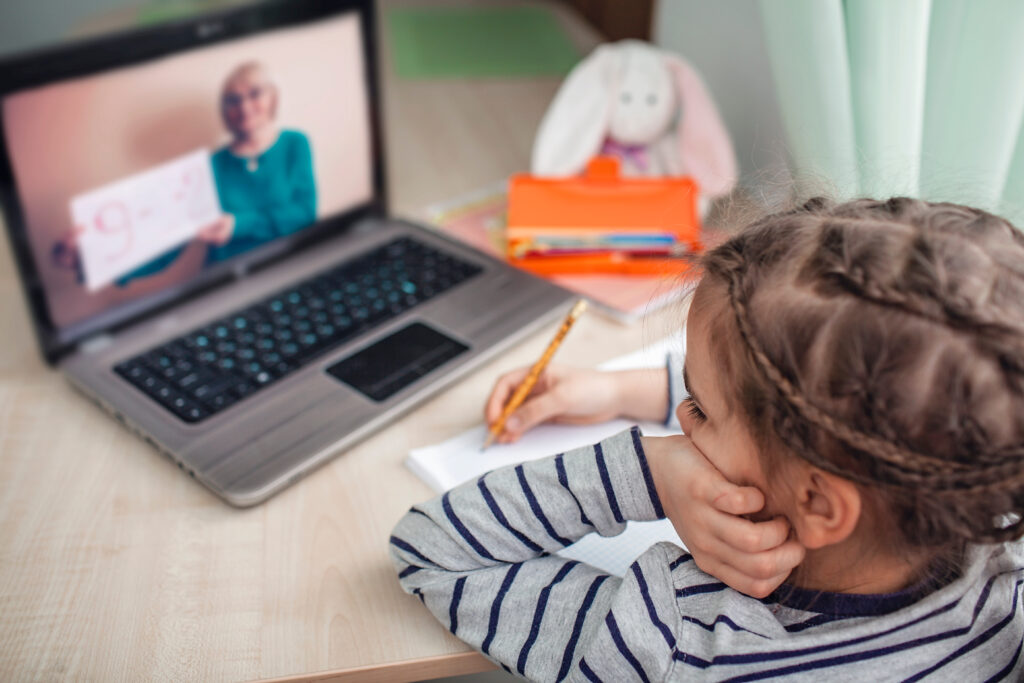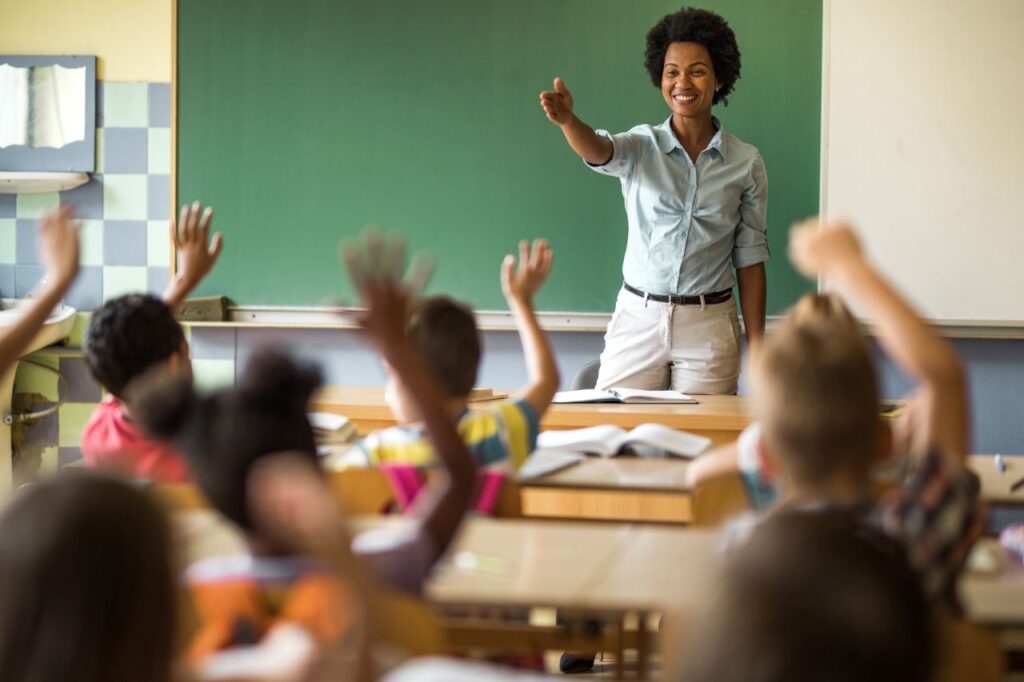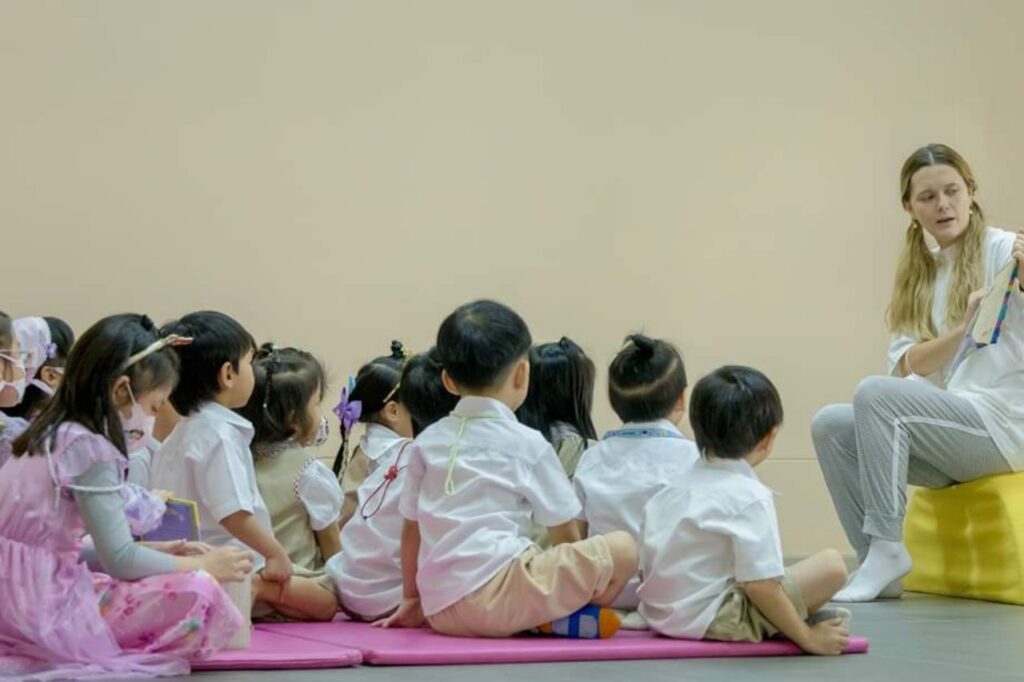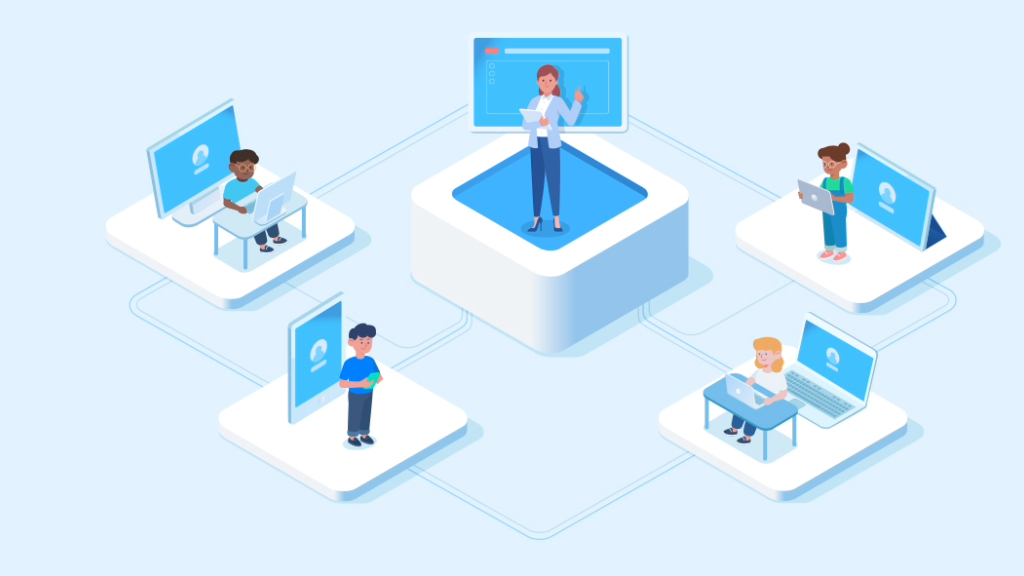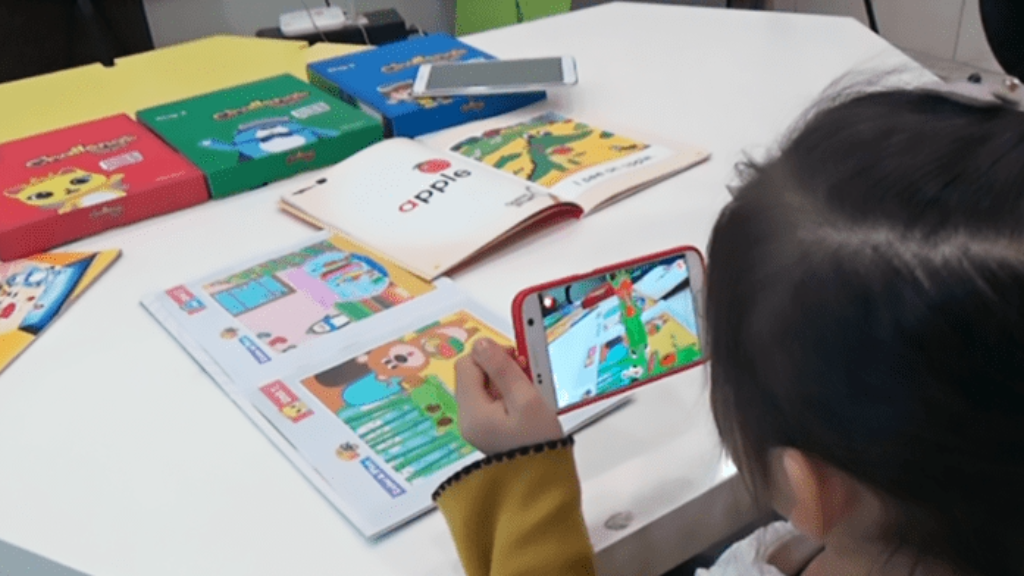If you’ve ever wondered how to teach Low-Focus students, you’re in luck. Have you considered for a moment that young children’s ability to concentrate is inferior to a parrot’s? Well, you are not alone. For a very long time, teachers have tried to find ways of making it easier for young kids to focus in class. However, studies are increasingly showing that younger students lack the ability to concentrate like adults.
The findings of these studies do not imply that it is definitely a bad thing. Further research has shown that although children cannot concentrate like adults, they retain information better. So how can we effectively teach low-focus students? Let us now discuss those strategies.
Things to know before you teach low-focus students
How long is a student’s attention span?
How long a student can focus is of course relatively individual. However, according to neuroscientists, children often have greater attention spans as they age. Many experts say that the average attention span of a child can be calculated with this simple formula:
- Age × 2 – 5 minutes = Average Attention Span
While this should not be generalized to all students, it can be a valuable reference when teaching children.
Why is concentration significant in education?
The frontal lobe, which controls concentration, continues to develop from birth as a child grows. Concentration is a vital factor throughout one’s life.
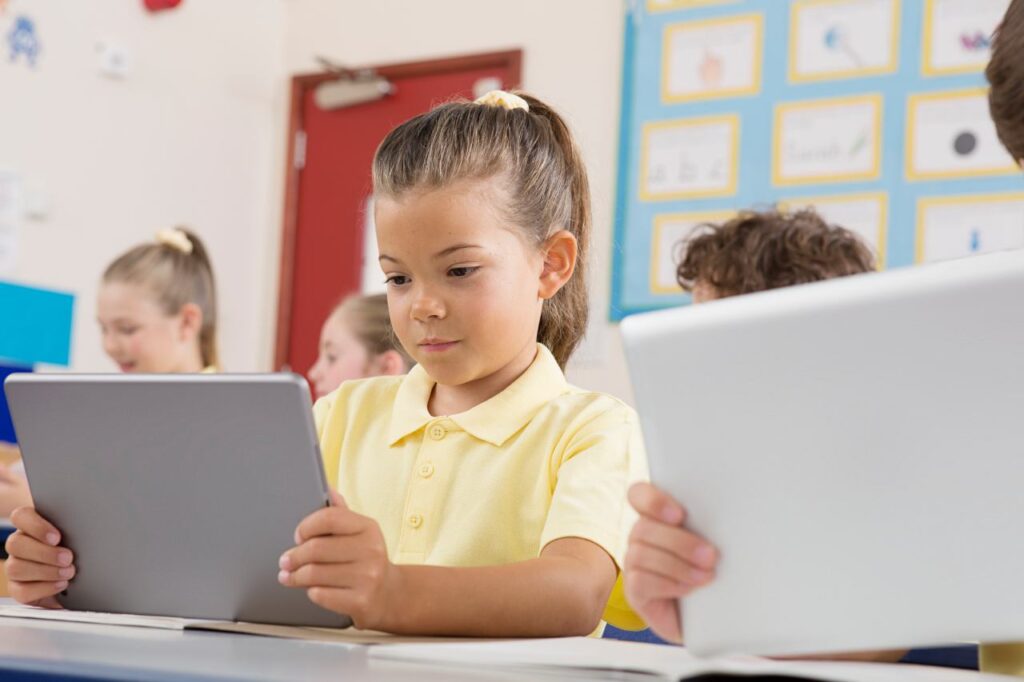
- Concentration is self-control.
- Concentration is the fundamental stamina for all learning capabilities.
- Concentration is patience.
- Concentration controls impulses.
- Concentration is indispensable not only in everyday life but also in studies and work.
- Concentration plays a pivotal role in life’s achievements.
- Concentration determines the quality of life.
Academic performance is influenced by concentration, not intelligence.
Concentration is the driving force behind improved academic performance and workplace productivity. Additionally, it helps students in creating harmonious interpersonal relationships and social skills. Concentration is a crucial factor that has an impact on all stages of life.
When you teach low-focus students, identify the cause first
It can be challenging to get children to focus, especially while they are still growing. Many parents and teachers are concerned about this. The key is to have a precise understanding of children. Parents and teachers should make accurate assessments of students’ individual conditions and recommend suitable educational approaches accordingly.
What do low-focus students look like?
How can we determine if a child’s concentration is severely declining? Teachers can have a rough idea by checking the following criteria.
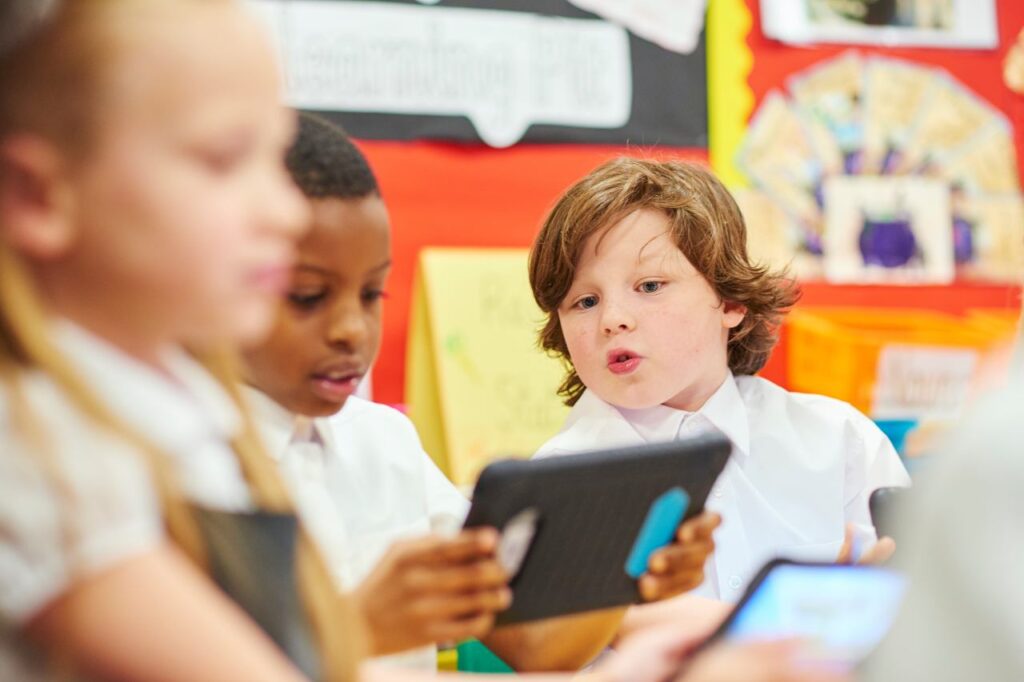
- They struggle to complete tasks (homework, assignments). Children who struggle with concentration might procrastinate.
- They either fail to finish their assignments or take too long to do them.
- Games and other activities suddenly no longer hold their attention.
- They often lack organization and frequently misplace or lose stuff.
- They require constant stimulation. Low-focus children have trouble focusing on one activity for a short period.
- They struggle to adjust to the school environment.
- They are prone to distraction. They quickly forget what they have to do.
Although it could appear like a serious problem, all young children experience it. Parents may be familiar with this as they see their young children quickly growing bored of playing with toys.
Common reasons for lack of concentration
Many young children struggle with concentration, making them more prone to distractions and having shorter attention spans than adults. As they grow, their capacity for concentration and self-control can improve. However, parents and teachers must foster and develop this skill during this transitional stage. First, let us look at some of the most common reasons children lack focus on important tasks.
Are the children anxious?
Anxiety “blocks” children’s access to their surroundings. Children may find it more challenging to actively listen and follow directions when they are anxious. It is critical to determine whether children are suffering from separation anxiety or are overly concerned about doing something wrong.
Lack of sleep affects concentration
Poor sleep habits can impair children’s ability to concentrate. Children who don’t get enough sleep may find it difficult to stay focused, so it is essential to establish healthy sleep habits to make sure they receive sufficient rest each night. The following hours of sleep are often advised for children:
- Children 1-2 years old: 11-14 hours
- Children 2-4 years old: 10-13 hours
- Children 6-13 years old: 9-11 hours
Do they follow a routine?
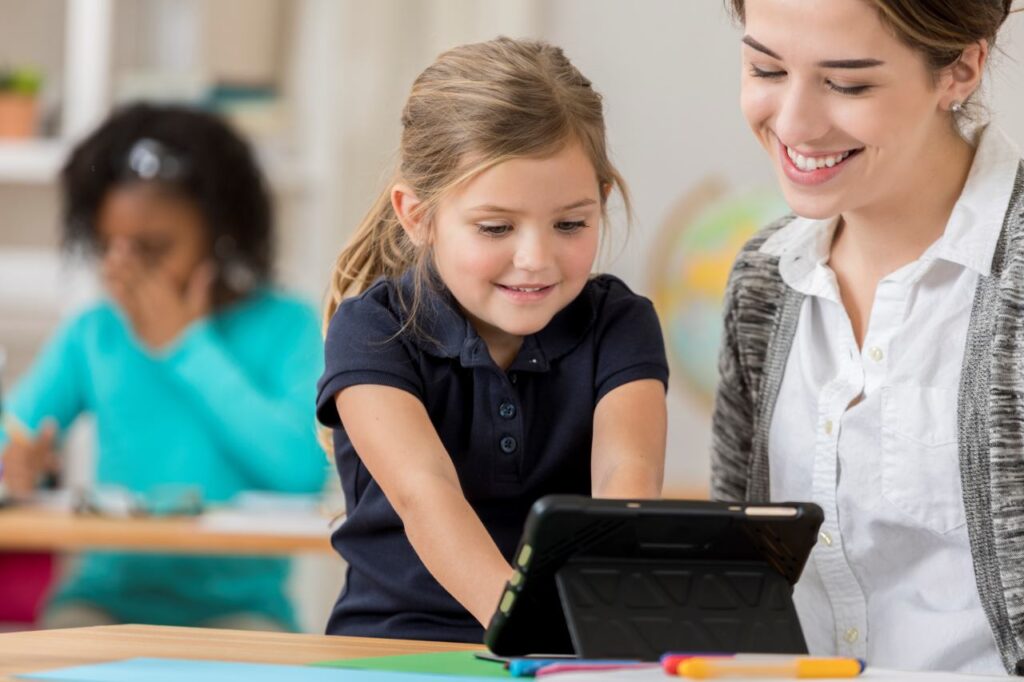
For children, it is crucial to establish a routine. Becoming accustomed to the uncertainty of daily life during childhood may lead to a lack of concentration later in life. Children find it difficult to establish and maintain their routines. Therefore, it is the responsibility of parents and teachers to set rules, even simple routines, and to assist children in adhering to them.
Are they in an overly stressful situation?
Children exposed to traumatic events or subjected to highly stressful situations may suffer severe brain damage. This phenomenon can also affect adults, but children are more vulnerable to stressful situations. Stressors include various factors such as bullying, family dynamics, or environmental factors. Moreover, exposure to age-inappropriate content can induce stress in children. Children must have access to appropriate materials for their education and daily lives.
Tips to effectively teach low-focus students
Once teachers have identified the average attention span for their students’ age group, they must adapt the curriculum to reinforce concentration. For students to be able to focus the most, teachers must carefully plan their classes and the order of the activities. Implementing these strategies can help in effectively teaching children who struggle to concentrate.
Adjust class time
In reality, it only takes young students ten minutes to lose concentration and start wandering. This is a normal occurrence, and as class periods get longer, children find it harder to sit still and pay attention. Stressful circumstances may result from this. It is recommended to take note of these natural characteristics of children and divide lessons into more manageable chunks. This does not, however, imply that you should stop teaching in the middle of a lesson. You might, for instance, encourage a shift from traditional classroom instruction to group activities or from working on individual tasks to sharing completed work with a small group. Such transitions can re-engage students’ minds.
Normalize rest
Teachers should keep classes brief and incorporate breaks to help students stay focused. In general, children learn more effectively if you give them a three to five-minute break to regain their focus.
Understand the importance of breaks
Breaks are an essential part of the learning process! Studies have shown that rest and physical activity during breaks improve cognitive functions, including memory and concentration. Children must have enough time for rest after their learning activities.
Use active games
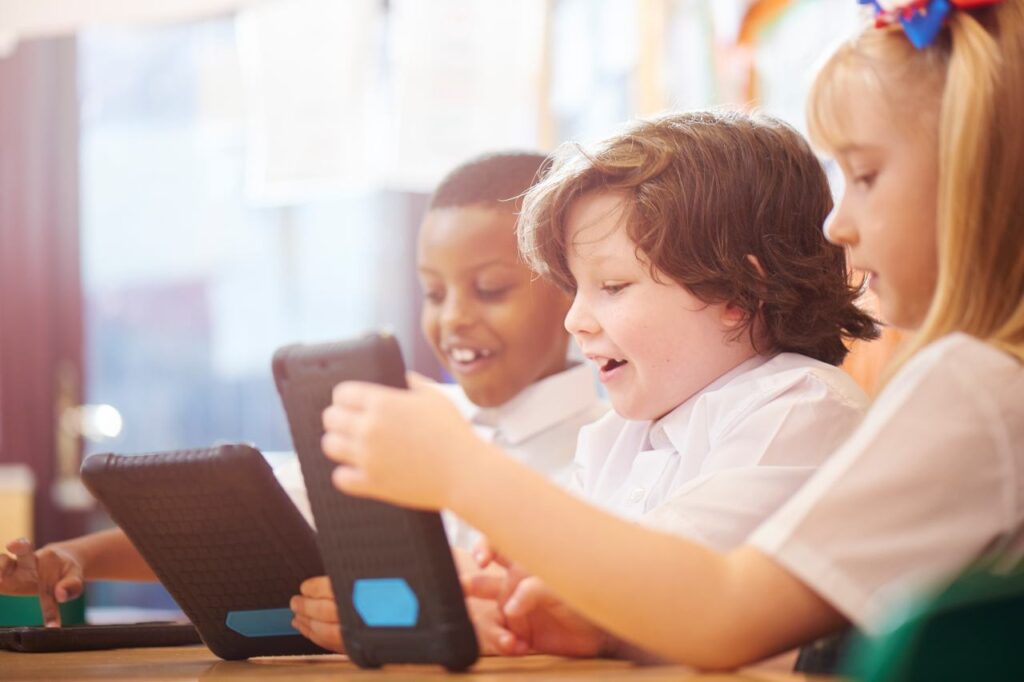
Incorporating physical activities into the classroom can enhance children’s concentration. A great way to encourage student participation is to involve the entire class in active games. This helps children focus more than usual. It can also make learning more fun.
Request assignments evaluation
Teachers should interact with students directly to learn about what they learned, how they felt, and any difficulties they had during the class. While receiving direct feedback might be intimidating for teachers, it is very important for students. Students get to assess their understanding of the material and level of participation. This helps teachers improve the curriculum and address any gaps.
Set the tone of the classroom
Interestingly, research indicates that the ambiance and tone of the classroom environment significantly impact students’ learning effectiveness. Both students and teachers appreciate colorful and beautiful decorations. However, an excessively colorful or overly decorated classroom can potentially disrupt children’s concentration. Check whether the overall tone of the classroom is set properly!
Use tools efficiently
In traditional classrooms, children were not given direct access to tools. The majority of classes were conducted using a blackboard, paper, and chalk. Recent research suggests that educational toys such as pop-it, spinning, and clicker toys can improve children’s learning experiences. Additionally, tablets are now in every classroom, allowing many students to learn effectively.
Play the game
It is also helpful to incorporate memory games or concentration-enhancing activities into the classroom to revitalize the learning environment. Integrating games into the learning process makes children more interested and focused on learning, increasing engagement rates. However, as you introduce gamified elements into the curriculum, it is essential to ensure that the games provided are effective educational games.
Promote participation
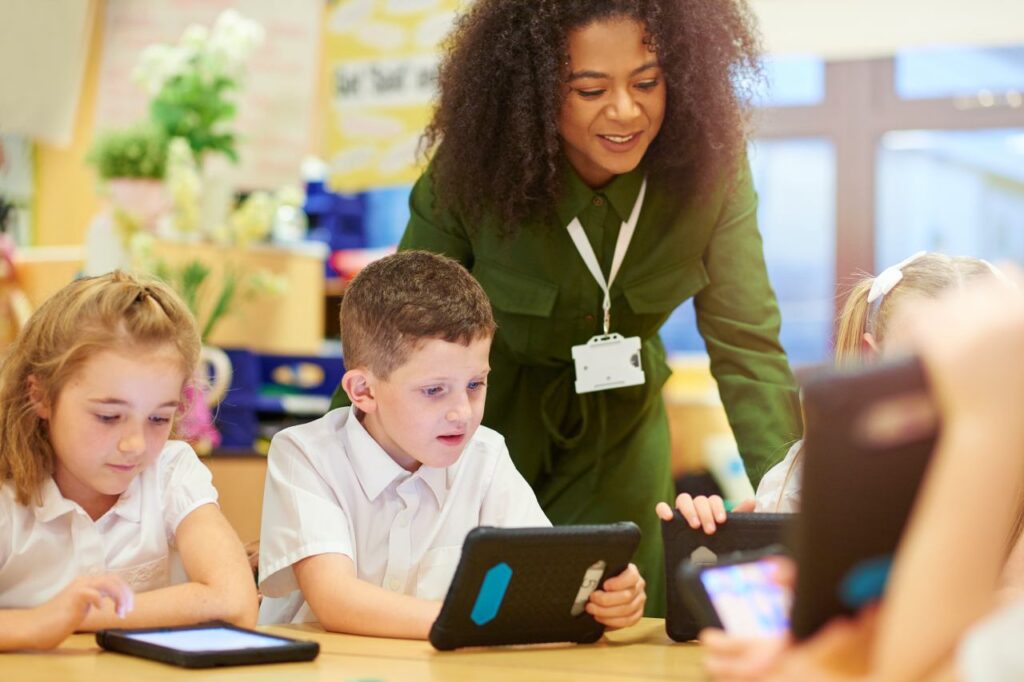
Young students tend to lose their attention rapidly if they are not directly involved in class. Numerous research findings have proven that improved learning outcomes are associated with active student participation. Teachers and students must therefore work together to lead the class in a way that fosters students’ interest and curiosity.
AllviA’s unique solution to teach low-focus students
For low-focus students, it is essential to incorporate elements into the educational material that capture and maintain their attention. In other words, children will learn more efficiently if you use appropriate materials to encourage participation.
Effectively teach low-focus students by promoting participation
To effectively engage young students in learning, several strategies are required. The most crucial element of the earlier described strategies is to promote participation.
When classes are interesting and interactive, students are more likely to focus on the material. Their ability to retain information also improves.
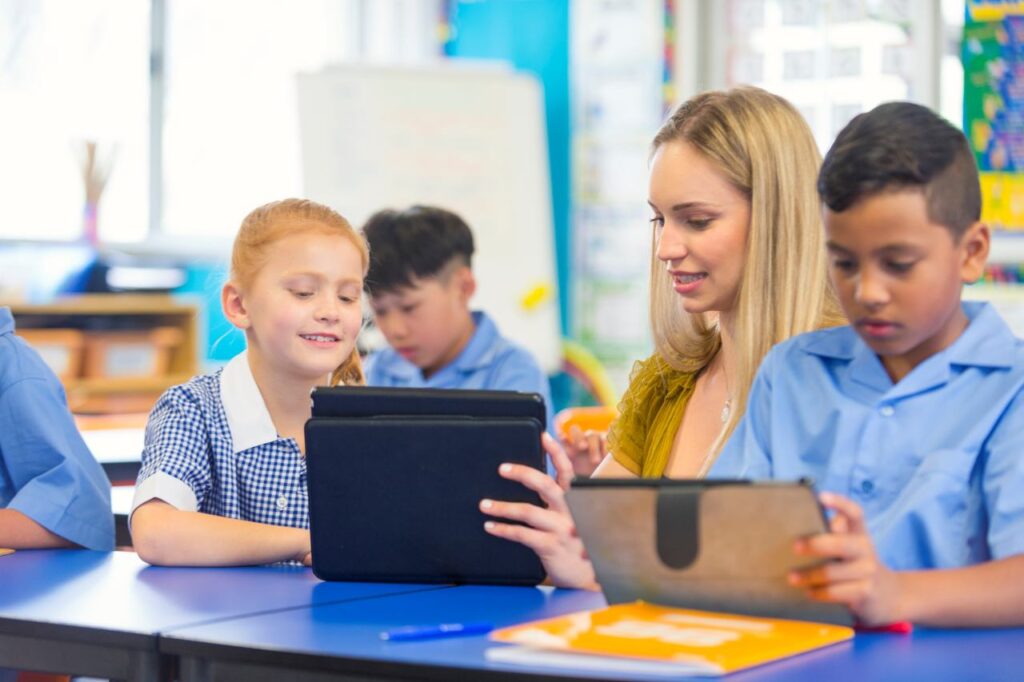
On the other hand, when a class is boring, students lose attention and get distracted. In such cases, the learning impact on children is greatly diminished. As children lose their attention, they may struggle to absorb the content and curriculum provided in advance. Ultimately, their capacity to concentrate may be redirected towards daydreaming or other distractions.
Teaching low-focus students with AllviA
- The teacher can ask questions and instruct students to write answers.
AllviA’s learning solution allows teachers to create and deliver tailored questions or problems to students in real-time. Educators can promptly review the responses submitted by students and offer immediate feedback.
- It is possible to conduct and discuss reading and writing exercises with students.
Teachers can easily teach reading and writing to children through the AllviA solution by simply choosing a suitable topic.
- It is possible to check student opinions, feedback, and response time.
The AllviA solution analyzes students’ learning time, response time, and feedback in real-time and provides teachers and parents with reports on the results. Teachers receive well-structured reports that assist them in adjusting the curriculum based on the gathered insights.
- Teachers can establish a strong relationship with students and foster an environment where they feel comfortable sharing their opinions.
The two-way communication provided by AllviA allows students to express their thoughts freely and without feeling pressured. This facilitates a more interactive and focused interaction between students and teachers.
- Educational games or other content promote participation.
Choosing suitable learning game materials can be a challenge for teachers. Sometimes, inappropriate content can become a source of stress or have a negative impact on students. Stimulating content is not the only way to enhance students’ concentration. By utilizing the learning games and content available in the AllviA solution, teachers can promote children’s participation and concentration with confidence, as these resources have been meticulously prepared by experts.
Numerous factors help students focus on learning. However, teachers must always assess which of them is appropriate and practical. The AllviA solution is aware of the most beneficial and effective methods to teach low-focus students. You can access AllviA right now to locate the materials and answers you’re looking for.


